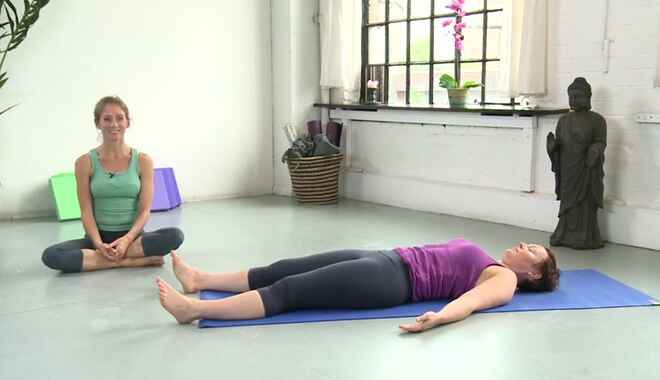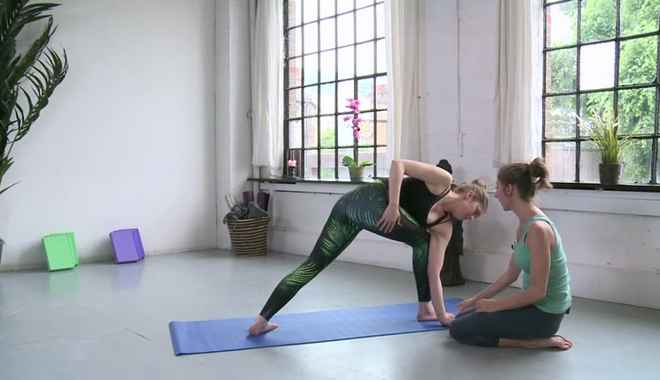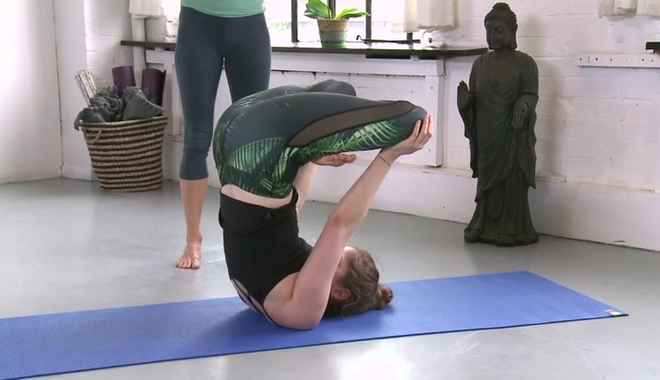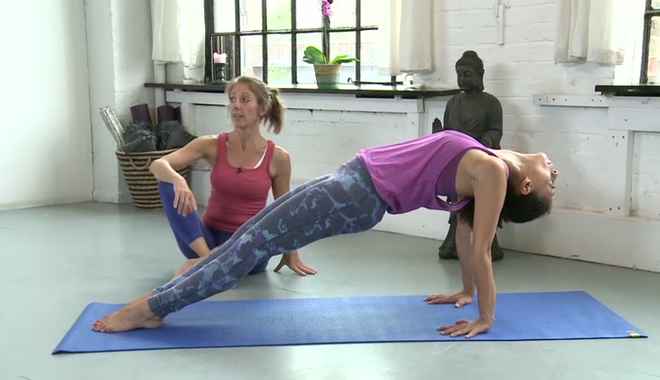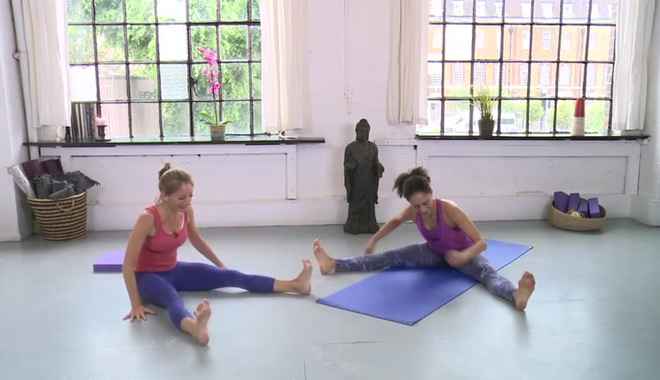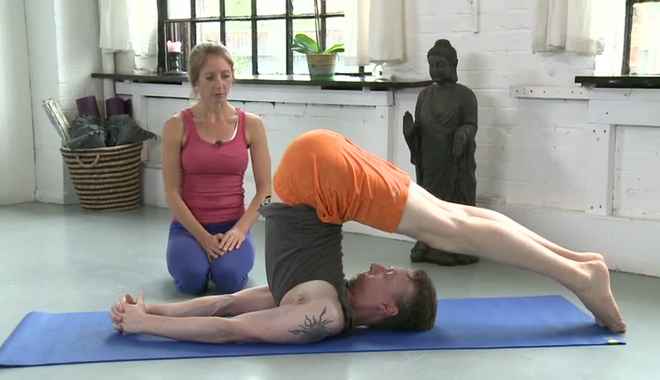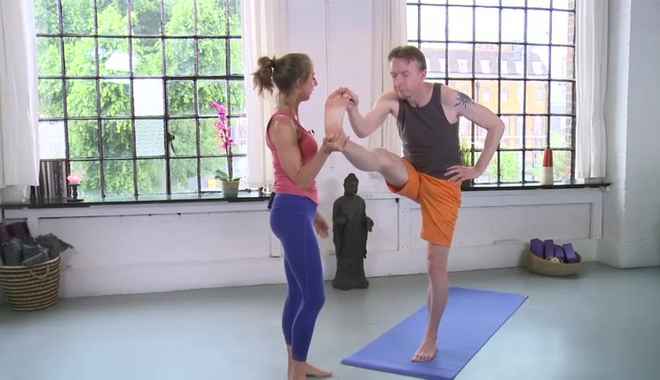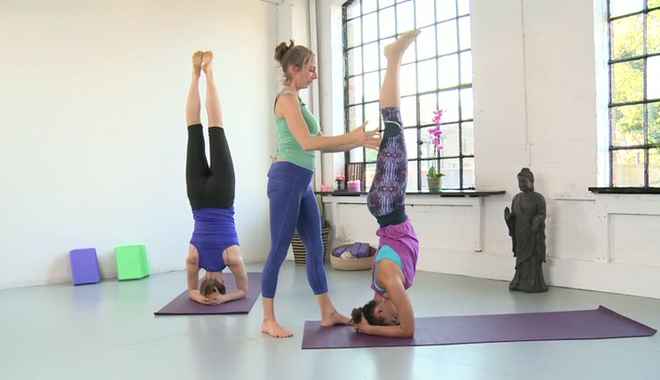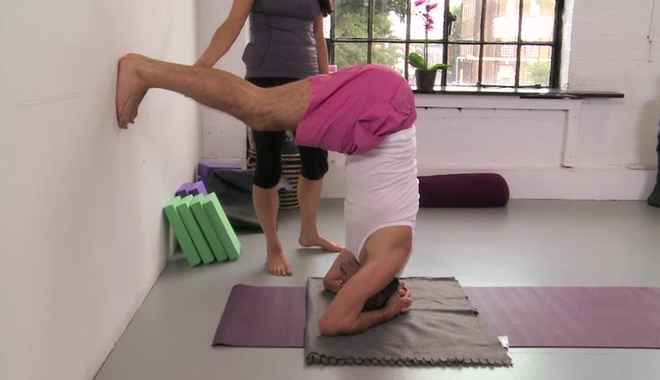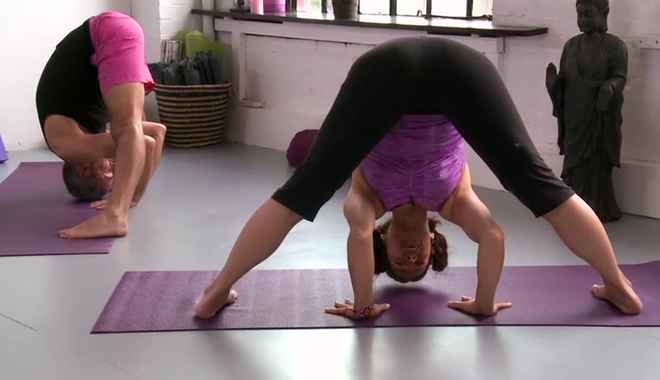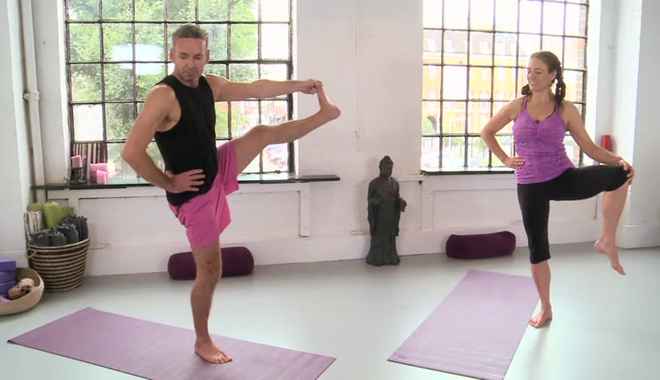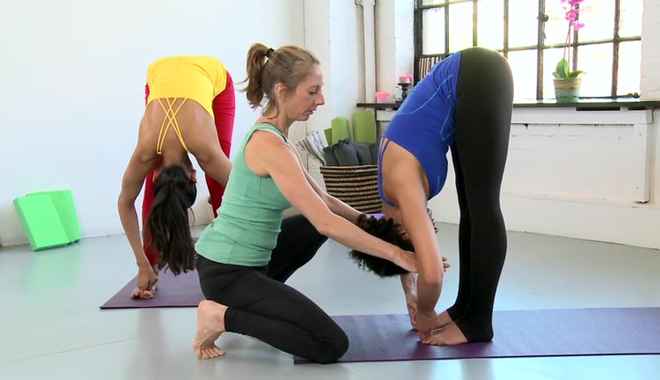Ashtanga Yoga
Ashtanga Vinyasa Yoga, usually referred to simply as Ashtanga yoga is a method of yoga that involves synchronizing the breath with a progressive series of postures, a process that is said to produce intense internal heat and a profuse, purifying sweat that detoxifies muscles and organs. The result is improved circulation, a light and strong body, and a calm mind.
Vinyasa means breathing with movement. For each movement, there is one breath. All asanas are assigned a certain number of vinyasas.
Drishti is where you focus your eyes while in the asana. In the Ashtanga method, there is a prescribed point of focus for every asana.
Daily practice. In Ashtanga, students are encouraged to practice six days a week, preferably in the morning, and to take rest on Saturdays as well as the days of the full and new moon. Women are also instructed to rest during menstruation, refraining from any yoga practice.
The term Mysore-style comes from the city Mysore, in Karnataka, India, where masters Pattabhi Jois and T. Krishnamcharya taught. Students are expected to memorize a sequence and practice in the same room as others without being led by the teacher. The role of the teacher is to guide as well as provide adjustments or assists in postures. Twice per week Mysore-style classes are substituted with led classes, where the teacher takes a group through the same series at the same time.
Ashtanga Yoga was promoted to the modern world by Sri K. Pattabhi Jois (1915-2009).

